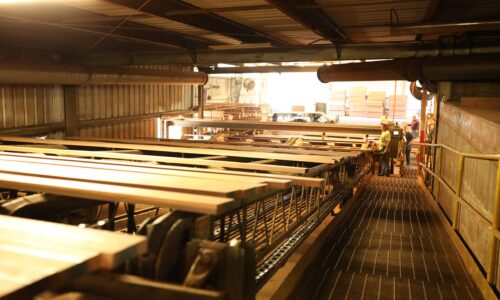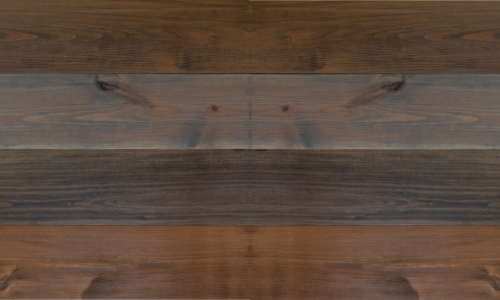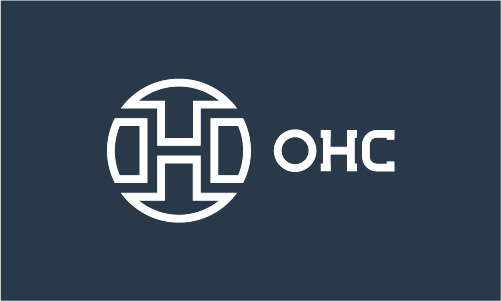
In November of 2022, at the CoP19 (19th Conference of Parties) African Mahogany, Cumaru and Ipé were added to the CITES list, Appendix II. This is an important step in helping international trade maintain the population of these species worldwide. OHC has imported lumber from around the globe for almost 60 years. The preservation of the species we buy and sell is paramount to our business. We support this decision and welcome the international community coming together to help with that cause by listing these species on Appendix II.
What does this mean for OHC's customers?
Getting a CITES certificate takes time. The supplier and country of origin must submit verification of origin documents to CITES for their independent review. They then approve the export after confirming the original documents are legitimate. Sometimes this can take a few days and other times it can take weeks or months. It all depends on the origin country and how long the verification process takes. This is something OHC has always done, but instead of using CITES, we have used other modes of verification. OHC maintains large inventories to prevent this potential delay from affecting our customers. At times, demand can outpace our supply but we monitor this closely so that it does not affect a majority of items we stock. Special orders for sizes that we do not normally stock will take more time to source than we have seen in the past. Fortunately, we have full manufacturing capabilities allowing us to manufacture special sizes from existing stock when possible. Often this is a great solution to sourcing an item not readily available.
What is CITES?
CITES is the Convention on International Trade in Endangered Species of Wild Fauna and Flora. This is a resolution adopted by the World Conservation Union (IUCN) in 1973 and enforced 2 years later. Initially, 80 countries joined this union and today almost every country in the world participates. The convention does not pass laws but provides guidance to each member country so that they can then pass their own laws that support the union’s suggestions.
CITES monitors the trade in live animals, products produced from animals, as well as plants, trees and the products produced from plants and trees. This is important for the preservation of these species as well as the responsible trade in these species. Since CITES is an international convention, it monitors species in every country whether it is native to that country or not. CITES will issue a certificate for every shipment that is crossing a country’s border for any species or product derived from a species that is listed by CITES. A CITES certificate is not required for sales or shipments within a single country’s border.
CITES Classification Levels
Appendix I
Species that are threatened with extinction.
Trade in any species listed on Appendix I is permitted only in extreme circumstances.
Appendix II
Any species that is not threatened with extinction, but monitored by CITES. Trade is allowed and is closely monitored by CITES for all countries.
Appendix III
Applies to at least one country and maybe others, but not all countries.
Why trade in any species that is listed by CITES in Appendix II or III?
CITES monitors the existence of any species throughout the entire planet. That species can be widespread and plentiful in one country but sparse and extremely rare in other countries. Adding any species to an Appendix list is voted on by all member countries. If a majority of countries would like to see any species monitored closely, it is a simple vote and majority rules. For example, Spanish Cedar is native to South and Central America, but is also grown in plantations throughout Asia, Africa, and the Americas. All Spanish Cedar is regulated by CITES. Much of the Spanish Cedar traded around the world is grown in plantations and is perfectly sustainable. But since that is not the case in all countries, it is still monitored by CITES and is on Appendix II. The same holds true for African Mahogany, Ipé and Cumaru. The countries OHC sources these species from have sustainable forestry practices. Other countries around the globe have much smaller occurrences of these species and therefore need to be monitored more closely. OHC does not import from these countries. We closely monitor the preservation and forestry practices in the countries that we do source from.

African Mahogany
Harvested in: Africa
Common Uses:
- Millwork Applications
- Custom Furniture
- Interior Siding
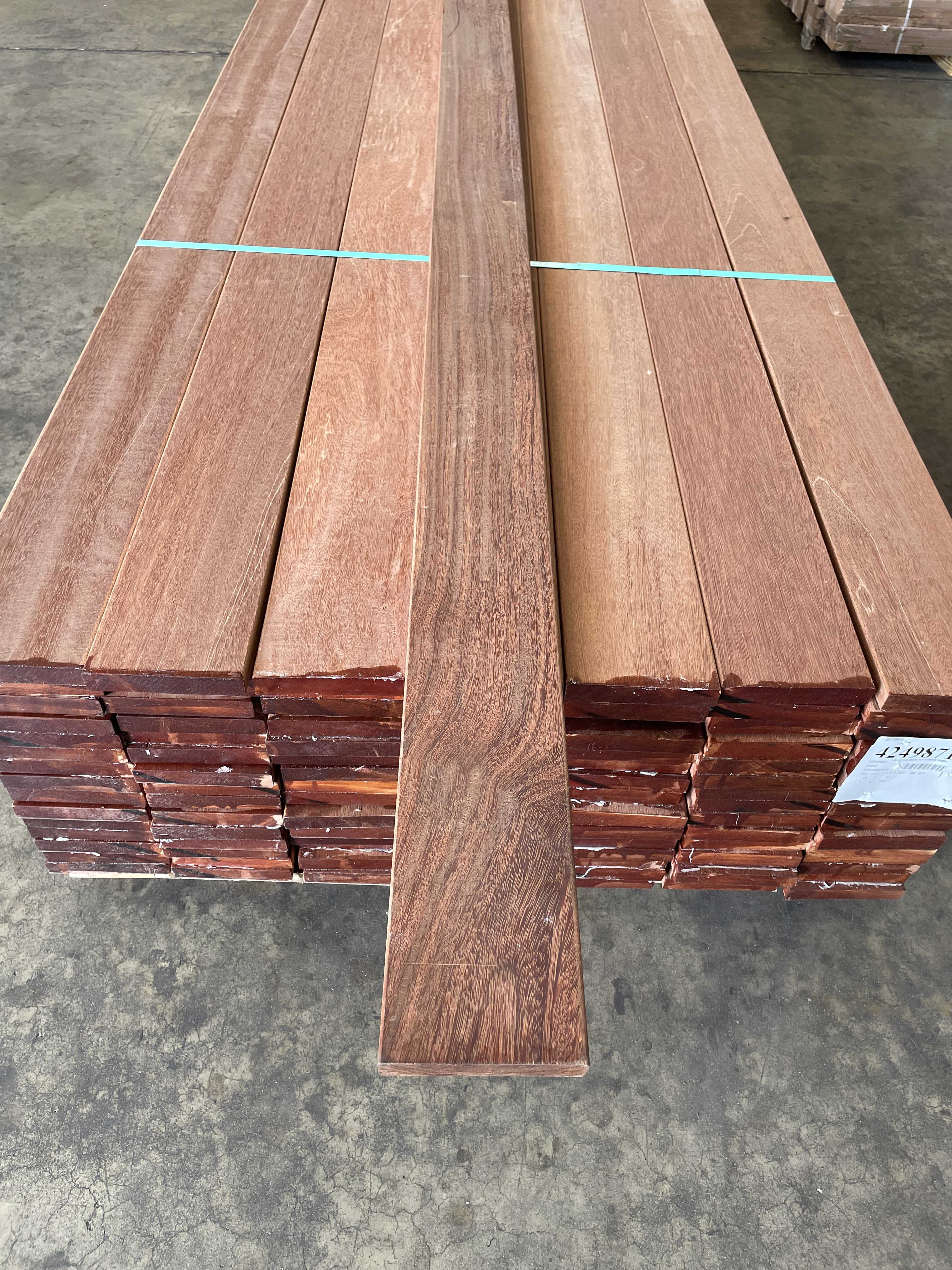
Cumaru
Harvested in Brazil
Common Uses:
- Outdoor Living Applications
- Decking
- Porch Flooring
- Exterior Siding
- Fences
Suitable Alternatives
- TIGERWOOD
- GARAPA
- KEBONY®
- DASSO BAMBOO XTR®
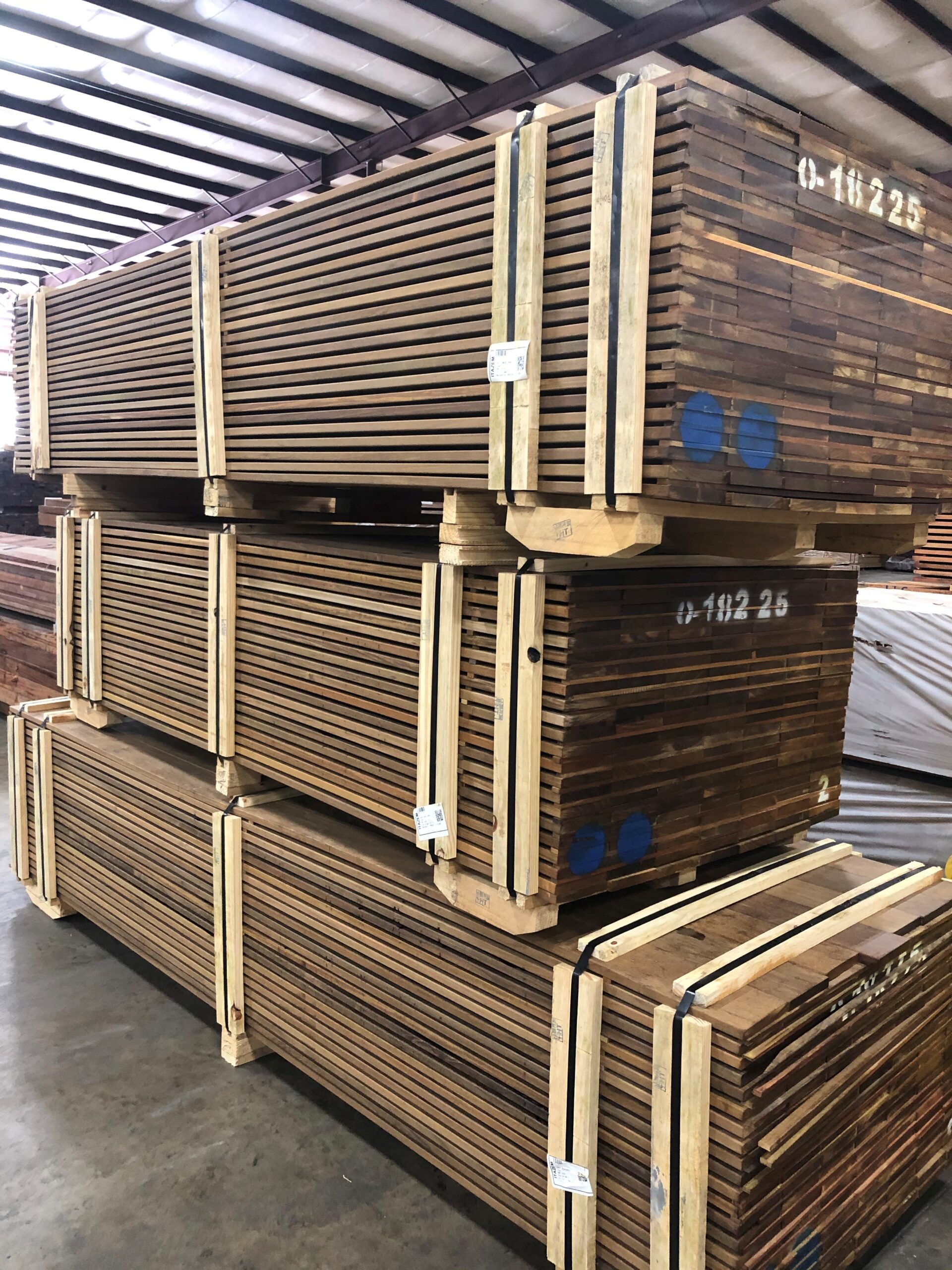
Ipé
Harvested in Brazil
Common Uses:
- Outdoor Living Applications
- Boardwalks
- Docks
- Pergolas
- Decking
- Porch Flooring
- Exterior Siding
- Fences
Suitable Alternatives
- TIGERWOOD
- GARAPA
- KEBONY®
- DASSO BAMBOO XTR®


